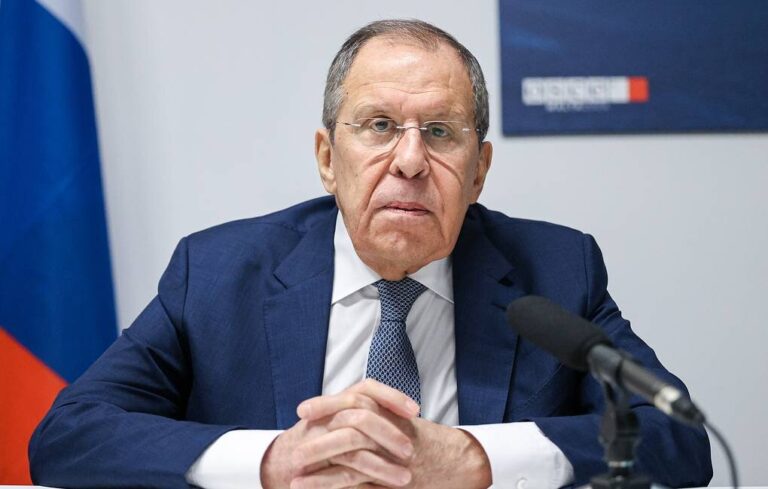Unraveling Palestine’s Ongoing Nakba: A Deep Dive into Historical and Current Struggles
In 1948, the Nakba in Palestine represented a significant turning point in the history of West Asia. This event was as perilous as the aftermath of World War I, particularly for the Islamic Ummah, as the establishment of the Zionist entity served broader global imperialistic goals. Understanding the historical context of the Nakba is crucial to grasping the ongoing struggles faced by the Palestinian people.
The roots of the Nakba can be traced back to the strategic recommendations made by British Foreign Secretary Henry Palmerston after the overthrow of Muhammad Ali Pasha’s army. He proposed the creation of a human barrier that would separate the Maghreb from the Levant, ultimately leading to the establishment of a Jewish entity in the region. This plan aimed to fortify Western hegemony over West Asia while dismantling its rich cultural, religious, and social fabric.
There are several misconceptions about this period that need to be addressed:
- Myth 1: Palestinians sold their land. In reality, British documents indicate that Jewish ownership in Palestine was only 6% in 1947.
- Myth 2: Palestinians made a mistake by rejecting the establishment of a Palestinian state as per Partition Resolution 181 of 1947. This resolution was unjust, granting only 46% of the land to the 1.5 million Palestinians who owned 94% of it, while the Zionist settlers were armed and numbered merely 600,000.
In his book, The Ethnic Cleansing of Palestine, renowned historian Ilan Pappe details how ethnic cleansing began in Palestine in December 1947. This was marked by systematic Jewish attacks known as “Plan Dalet,” aimed at seizing Palestinian land and replacing its inhabitants with Zionist settlers. The horrific acts of violence included the genocides at Deir Yassin and Tantura, which left deep scars on the Palestinian community.
Palestinian historian Aref al-Aref also emphasizes the devastating impact of the Partition Plan in his work, The Nakba of Quds and Paradise Lost 1947–1949. He notes, “The Partition Plan had the worst impact on the Arabs and the best impact on the Jews,” highlighting the vulnerability of the Palestinian people who were largely unarmed during this critical time.
Palestinian author Bahjat Abu Gharbiyeh reflects on the failures of Arab governments, stating, “We regret to say that the Arab governments, which were subject to British influence and unable to contravene its plans, were not sincere in their rejection of the Partition Plan.” The fallout from the Nakba did not improve the situation for Arabs; instead, it deteriorated due to normalization agreements with the Israeli occupation regime.
In response to these adversities, the Palestinian people have consistently relied on their own resilience through numerous uprisings and wars, including the ongoing conflict. Today, they firmly believe that resistance is the most effective means to address their plight in Gaza, the West Bank, and al-Quds.
However, there remains a significant disconnect between the Palestinian people and their leadership. The Palestinian Authority operates in a vastly different reality compared to the struggles faced by ordinary Palestinians. This disconnection is mirrored in the attitudes of Arab regimes that not only neglect Palestine but have also conspired against it.
One pressing question arises for the people and leaders of the Islamic Ummah: How long will we commemorate the Nakba without taking meaningful action to reclaim Palestine and restore the rights of its people? This question is not merely rhetorical; it calls for accountability and action from those who have turned a blind eye to the suffering of the Palestinian people.
Over the past two years, the situation has escalated, and understanding these political and military shifts is essential. Amid the suspension of U.S. funding for UNRWA, President Donald Trump’s administration has made its intentions clear regarding the Palestinian issue, promoting a vision aimed at demographic changes to reshape Gaza into what he termed the “Riviera of the Middle East.”
The Palestinians are keenly aware of these manipulative strategies and refuse to become victims of this psychological warfare and expansionist deception. Furthermore, the Axis of Resistance has lost one of its most prominent leaders, Sayyed Hassan Nasrallah, whose influence extended beyond Lebanon into the broader resistance movement. His leadership was not only recognized by his followers but also acknowledged by adversaries, including Israeli Prime Minister Netanyahu, who stated that Nasrallah was a pivotal figure in the resistance against Zionist expansion.
In his reflections, Nasrallah expressed, “I believe that the overwhelming majority of the Palestinians are with the option of resistance.” He emphasized the importance of collective Arab strategies to liberate not only Palestine but also Lebanon from Zionist occupation. He pointed out the failure of the Arab world to protect Palestine, underscoring the necessity for Palestinians to rely on their own strength and resolve.
Today, the U.S. and Israel are increasingly wary of a new generation of Palestinian followers ready to seek retribution for past injustices. The prevailing sentiment among Palestinians is that only organized resistance can effectively challenge the Israeli military, especially as the Gulf Arab regimes seem to be cooperating with American and Israeli agendas.
The greatest challenge lies in learning from past mistakes and fortifying the resolve to confront Zionism. Despite ongoing media and political campaigns against the resistance movement that align with American-Israeli narratives, the resistance in Lebanon and Palestine remains steadfast, unwilling to compromise the future of the region for agendas that serve foreign interests.






